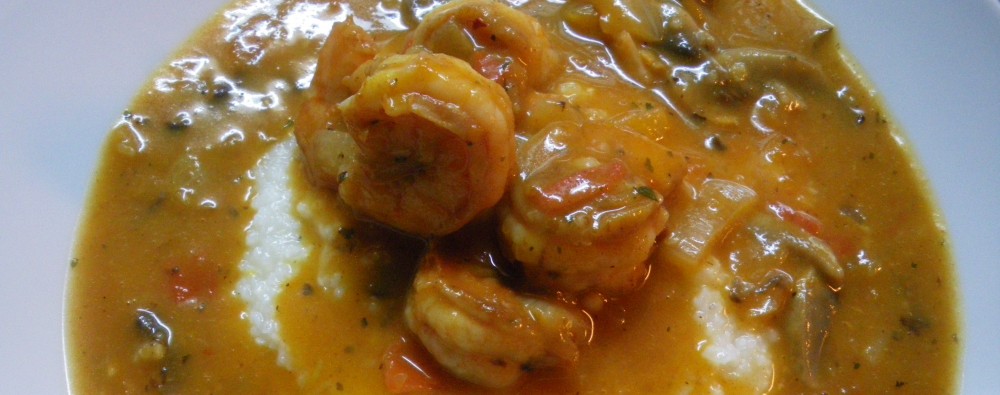Brussels has no shortage of great food options. Restaurants abound with classics like fresh Mussels, Flemish Carbonnade and Waterzooi, and cafés, offering all manner of sweet, delicate pastries. We had every intention of showcasing these gastronomical delights during my sister and her boyfriend’s recent visit to Brussels. But somehow, we ended up on a crazy adventure trying out damn near every friterie/frietkot we could find.
Truthfully, our initial mission was to encourage her boyfriend to try at least 3 new beers a day … the fries were just along for the ride. But when it quickly became apparent we had set the bar too low for our over-achieving drinker, our focus shifted to the fries themselves.
We should have known…
Belgian frites are just too good to resist.
So what is the lure of these humble, deep fried potato sticks? Frites in French, frieten in Flemish, whatever you call them, anyone who’s tried them will tell you there is something seductively delicious about Belgian fries that’ll keep you coming back for more … and more.

Chasing beer with Frites from “Super Frites”, Tournai, after happening upon the 2nd annual beer festival
Origins
While there are different theories as to the country of origin, Belgians claim these crispy little gems as their own, noting that people in the Meuse valley (home to towns like Namur & Dinant), first turned to frying cut up potatoes when the river froze over in winters and they could no longer fish. As for the etymology of “French” fries, Belgians believe the term came about when American soldiers were introduced to the fried potatoes while stationed in Belgium during World War I. Apparently they called them French friend potatoes, knowing French was the official language in the region. Whether you believe some, all or none of the story, seeing as how I’m in Belgium, writing about Belgian frites, I’m going to run with that version of things.
Different is Good
There are many versions: the British call their thick-cut style chips, the French love their match-stick thin style, and the Canadians manage to get theirs to a dark brown, oil laden state, then smother in cheese curds and gravy (I will defend our poutine to the day I die!).
So what makes the Belgian variety so delicious?
Apparently, it’s in the double frying process. Yes, double frying. Fried first at a low temperature, they are cooled and then fried again at a higher temperature just before serving to achieve the crispiness that is synonymous with Belgian frites. They are best enjoyed right away, which is why eating them in a ‘cornet’ in the street is so popular.
Sauce things up a bit
While North Americans are an almost 100% “fries with ketchup” eating population, a menu board at any local friterie attests to the fact that Belgians are wild about sauces. Typically, no less than six choices are offered, with some shops getting really creative and proposing as many as twenty. Samourai, Brasil, Tsigane, Curry, Tartar, Andalouse and Americaine are just some of the mysterious options with which you can top your fries. Whether the flavours differ greatly or whether there are only subtle differences is a matter of opinion, but it can be both an indecisive consumer’s nightmare or a sauce lovers paradise.
Like any type of food, everyone has their own preferences and favourite spots to eat it, which bodes well for merchants, since a friterie exists in almost every neighbourhood. Some fries are crispier than others, some fleshier than others, and truth be told, I don’t always find the touristy or popular ones that great. I’ve been sorely disappointed by popular friteries at Place Flagey and Place Jourdan, but swear by my local joint at Place Reine Astrid.
 Whether you prefer yours with mayonnaise, samourai or even boring ketchup, in a cornet or small carton, whether you eat them with your fingers or the handy little fork pick, one thing is certain, fries are so much more than just a snack, they are a serious business and a way of life. In Brussels, it seems only two things are certain, there will be rain, and by God, there will be fries.
Whether you prefer yours with mayonnaise, samourai or even boring ketchup, in a cornet or small carton, whether you eat them with your fingers or the handy little fork pick, one thing is certain, fries are so much more than just a snack, they are a serious business and a way of life. In Brussels, it seems only two things are certain, there will be rain, and by God, there will be fries.









